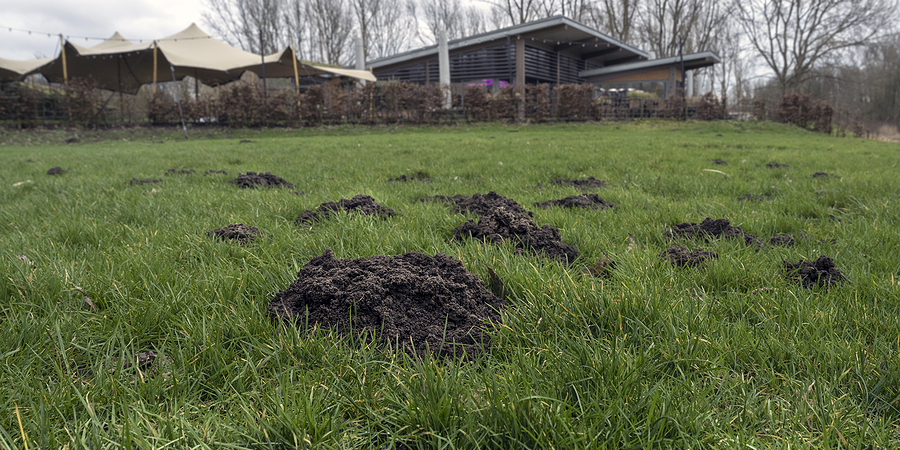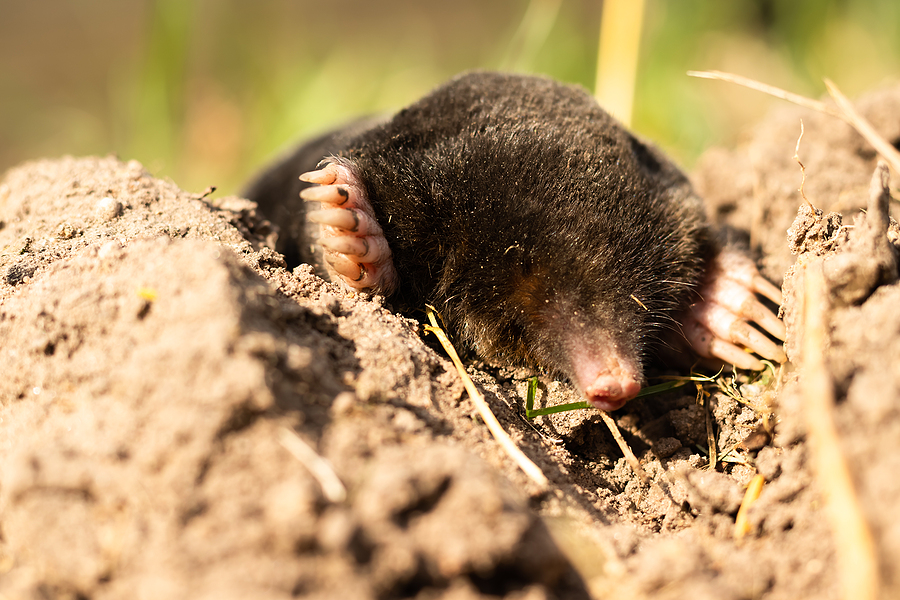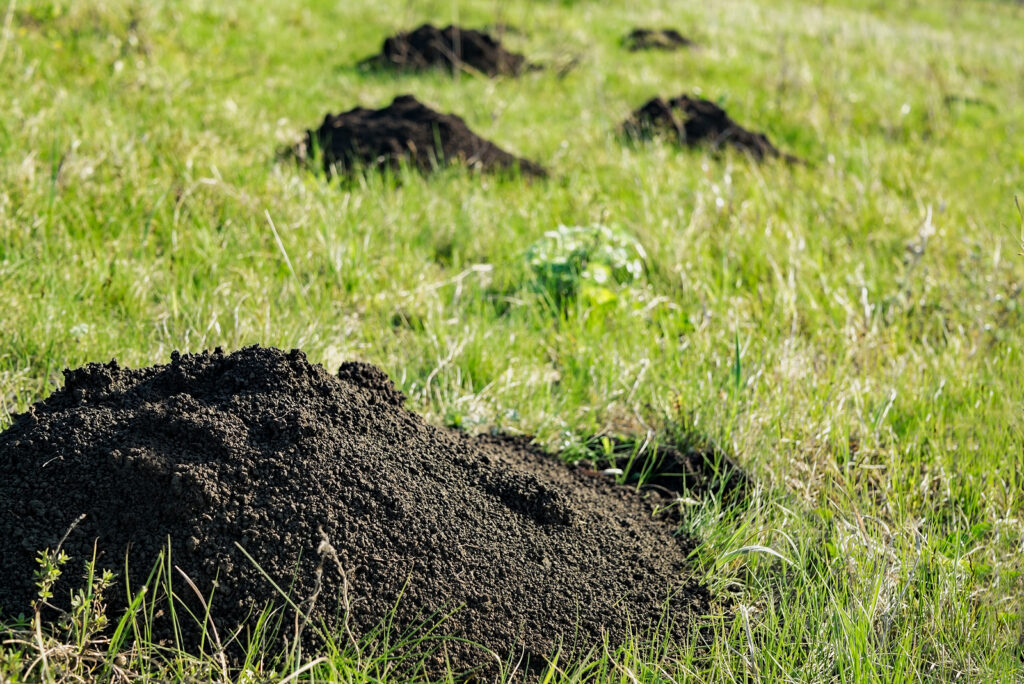Moles are a common yard nuisance that can cause serious damage to the lawn and garden. They dig underground tunnels, create mounds of dirt, and eat plants and roots. If you have noticed mole activity in your lawn, it’s important to take action right away before the problem gets out of hand.
In this blog post, we will cover some methods for yard mole removal as well as tips on how to prevent them from coming back in the future. With these helpful strategies, you can keep your yard looking its best without having to worry about pesky moles ruining it!

The 101 on How to Get Rid of Yard Moles
One of the best ways to get rid of moles in your yard is with mole control products. There are a variety of mole repellents and baits available that can be used to drive them away or even kill them if necessary. These products will often come as granules, gels, sprays, and traps, so you should have no problem finding the right solution for your specific needs. Just be sure to read all instructions carefully and always use these products according to the manufacturer’s guidelines.
Also check with your local laws and regulations that pertain to wildlife control repellents. You do not want to use anything that can be toxic to non-target wildlife, surrounding flora, bodies of water, and so forth. Only a trained professional has the knowledge and experience to properly implement mole extermination repellents of those kinds.
Mole Traps and Devices
A second option for getting rid of moles is using live trapping methods. This involves setting up traps around areas where you have noticed mole activity and waiting until they enter one before removing it from the area. If you do not feel comfortable handling the traps yourself, there are also services available that specialize in mole trapping and removal.
Mole Proofing
While mole control products and live trapping can be effective for getting rid of moles from your yard, it is important to take preventative measures as well. Keeping food sources out of reach, like pet food bowls or bird feeders, is a good way to discourage these pests from entering your yard in the first place. You should also regularly check for signs of mole activity such as raised soil mounds and tunnels so you can take action quickly if necessary. Finally, make sure to keep vegetation trimmed away from pathways and entrances where moles could potentially gain access to your property.
Year-Round Lawn Protection Against Moles
By following these simple critter control tips for moles, you can help protect your yard from these pests and make sure it stays looking its best year-round. If you have any questions or would like more information on how to get rid of yard moles, please don’t hesitate to reach out to us!
Ready to get rid of moles with the help of some highly trained and experienced wildlife control professionals? Here at Budget Animal Removal, our licensed and insured mole trappers are fully-equipped and prepared to help residential and commercial customers with effective yard mole removal and control solutions. Contact us at 317-875-3099 today for a free quote or to set up an on-site walk through.
Related Posts:
How Stop Yard Mole Damage to Your Lawn
The 3 Most Common Yard Mole Species in the United States
Will Grub Pest Control Get Rid of Yard Moles?





